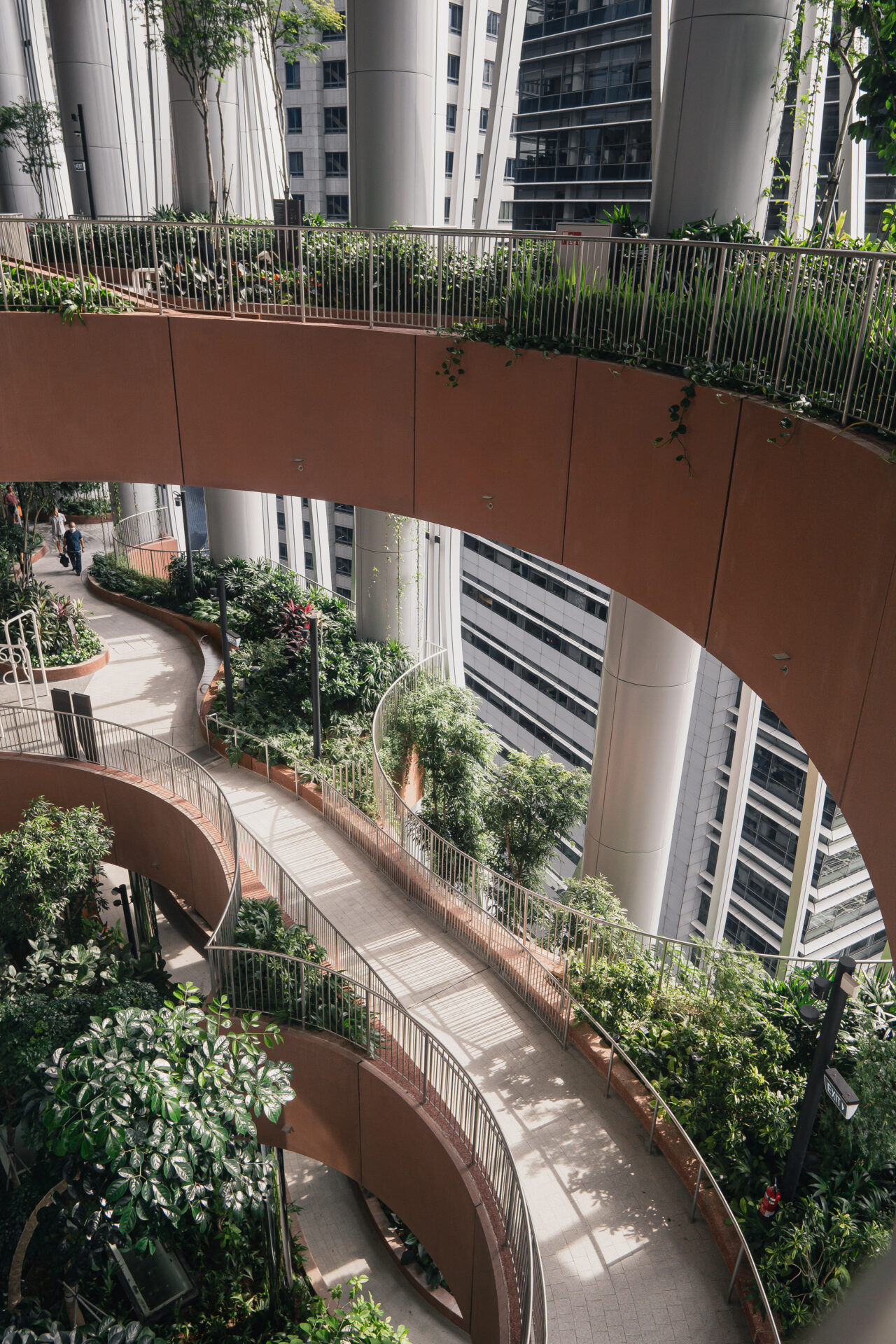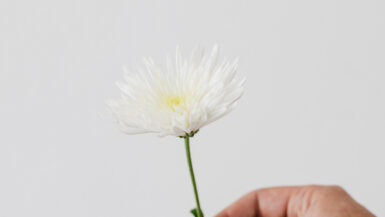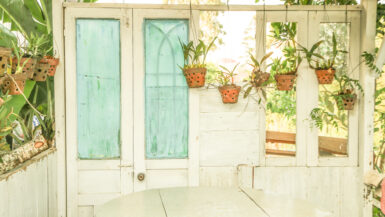Indoor vertical gardening has rapidly gained popularity in recent years as an innovative and space-saving solution for cultivating plants within the confines of urban living. However, one crucial aspect that significantly influences the success of an indoor vertical garden is the selection of the ideal potting mix.
This comprehensive article delves into the essential factors to consider when choosing the best potting mix for your indoor vertical garden, including the composition, nutrient content, water retention capabilities, and specific plant requirements. By understanding these core topics, you can create a thriving and sustainable indoor vertical garden that enhances your living space and promotes a healthier environment.
Importance of Nutrient Retention in Potting Mixes
Choosing the right potting mix for your indoor vertical garden is crucial for your plant’s overall health and growth. One essential factor to consider is the potting mix’s nutrient retention capabilities. Adequate nutrient retention ensures that plants access the necessary elements for proper growth and development, ultimately leading to a flourishing garden. In this subsection, we will discuss the significance of nutrient retention in potting mixes and how it can impact the success of your indoor vertical garden.
The Role of Nutrients in Plant Growth
Nutrient retention in potting mixes refers to the mix’s ability to hold and provide essential nutrients to plants. The primary nutrients required by plants are nitrogen (N), phosphorus (P), and potassium (K), commonly referred to as NPK. These nutrients are vital in various plant processes, including photosynthesis, root development, and overall growth.
A potting mix with good nutrient retention capabilities ensures that plants have consistent access to these nutrients, promoting healthy growth and reducing the likelihood of common issues such as nutrient deficiencies.
Factors Affecting Nutrient Retention in Potting Mixes
Several factors contribute to a potting mix’s nutrient retention capabilities, including its composition, pH level, and water retention. Organic materials, such as compost and peat moss, are excellent sources of nutrients and can improve nutrient retention.
Additionally, the mix’s pH level significantly affects plant nutrient availability. Most plants prefer a slightly acidic pH between 6.0 and 6.8, allowing optimal nutrient uptake. Ensuring your potting mix has the appropriate composition and pH level can significantly enhance nutrient retention.
Benefits of Optimal Nutrient Retention
Potting mixes with high nutrient retention can benefit your indoor vertical garden. First, it minimizes the need for frequent fertilization, as the mix can provide plants with a steady supply of nutrients. This saves you time and effort and reduces the risk of over-fertilization, which can lead to various plant health issues.
Second, optimal nutrient retention promotes a healthy root system, allowing plants to better absorb water and nutrients. This, in turn, leads to improved plant vigor and increased resistance to pests and diseases.
To ensure the success of your indoor vertical garden, avoiding common mistakes related to nutrient retention is essential. For helpful tips and advice, check out our article on Common Indoor Vertical Gardening Mistakes to Avoid.
In summary, selecting a potting mix with excellent nutrient retention capabilities is vital for the health and growth of your indoor vertical garden. By considering factors such as the mix’s composition, pH level, and water retention, you can create a nourishing environment for your plants to thrive.
Components of an Ideal Potting Mix
When choosing the best potting mix for your indoor vertical garden, it’s crucial to understand the various components that contribute to an ideal potting mix. These components are vital in providing the necessary support, nutrients, and water retention for your plants to thrive. This subsection will explore the key elements of an ideal potting mix and how they can impact your indoor vertical garden.
The Backbone: Organic and Inorganic Materials
An ideal potting mix consists of organic and inorganic materials that provide your plants with a balanced combination of nutrients, water retention, and structural support. Organic materials, such as peat moss, coconut coir, and compost, offer nutrients and moisture retention, while inorganic materials, like perlite and vermiculite, contribute to improved aeration and drainage.
A well-formulated potting mix should combine these materials, ensuring plants access essential nutrients while maintaining a healthy root environment.
Drainage and Aeration: The Key to Healthy Roots
Proper drainage and aeration are critical for the success of your indoor vertical garden. A good potting mix should have adequate drainage capabilities to prevent soggy roots, which can lead to root rot and other plant health issues.
Additionally, sufficient aeration allows oxygen to reach the roots, promoting healthy root growth and overall plant vigor. Components such as perlite, vermiculite, and coarse sand can help improve the drainage and aeration of your potting mix, ensuring a thriving root system for your plants.
Nutrient Content: Fueling Plant Growth
As previously mentioned, the nutrient content of a potting mix is essential for the overall growth and health of your indoor vertical garden. A well-formulated potting mix should contain a balanced ratio of primary nutrients (NPK) and a variety of micronutrients that support various plant processes.
Organic materials such as compost and aged manure can contribute to the nutrient content of your potting mix. At the same time, slow-release fertilizers can provide a steady supply of nutrients throughout the growing season.
pH Balance: Creating the Optimal Environment
Maintaining the appropriate pH level in your potting mix is crucial for the availability of nutrients to your plants. Most plants prefer a slightly acidic pH between 6.0 and 6.8, allowing optimal nutrient uptake. Some potting mixes are pre-formulated with a balanced pH, while others may require the addition of lime or sulfur to adjust the pH to the desired level. Regularly testing and adjusting the pH of your potting mix can significantly enhance the nutrient availability for your plants, promoting a flourishing indoor vertical garden.
By carefully considering the various components of an ideal potting mix, you can create a nurturing environment for your indoor vertical garden. A well-formulated blend of organic and inorganic materials, proper drainage and aeration, sufficient nutrient content, and optimal pH levels will provide the foundation for your plants to thrive.
Understanding Indoor Vertical Garden Requirements
To choose the best potting mix for your indoor vertical garden, it is essential to understand the specific requirements of the plants you intend to grow. Different plants have varying needs regarding nutrients, water retention, and pH levels, making it vital to tailor your potting mix accordingly. In this subsection, we will explore the key factors to consider when understanding the requirements of your indoor vertical garden, ensuring a thriving and sustainable environment for your plants.
Assessing the Needs of Your Plants
Each plant species has its own unique set of requirements for optimal growth and development. Before selecting a potting mix, it is crucial to research the specific needs of the plants you plan to grow in your indoor vertical garden. Consider their preferred nutrient levels, water retention, and pH balance.
For example, some plants may require a higher nitrogen content for vigorous leaf growth, while others may need a more acidic pH for better nutrient uptake. By understanding your plants’ needs, you can make informed decisions when choosing the best potting mix to support their growth.
Water Retention and Drainage
One of the primary challenges of indoor vertical gardening is maintaining the appropriate balance of moisture within the growing medium. Different plants have varying water needs, and selecting a potting mix that provides adequate water retention and drainage capabilities to suit your specific plants is essential.
Succulents, for example, prefer a well-draining mix that allows their roots to dry out between waterings, while moisture-loving plants may require a blend with higher water retention properties. Be sure to research the moisture requirements of your chosen plants and adjust your potting mix accordingly.
Customizing Your Potting Mix
In some cases, you may need to customize your potting mix to meet the specific requirements of your indoor vertical garden. This may involve adjusting the blend’s nutrient content, water retention properties, or pH balance to better suit the needs of your plants.
By incorporating additional components such as perlite, compost, or peat moss, you can create a tailored growing environment that ensures the success of your indoor vertical garden. For more information on customizing your potting mix, check out our article on How to Create an Indoor Vertical Garden for Children.
Monitoring and Adjusting Your Potting Mix
It is essential to regularly monitor and adjust your potting mix to maintain the optimal environment for your indoor vertical garden. Monitor factors such as moisture levels, nutrient availability, and pH balance, making necessary adjustments to promote your plants’ health and growth.
This may involve adding slow-release fertilizers, adjusting your watering schedule, or amending the mix with additional components to ensure a consistently nurturing environment for your plants.
By understanding the unique requirements of your indoor vertical garden and selecting a potting mix that meets these needs, you can create a thriving environment for your plants to flourish.
By assessing your plants’ needs, considering water retention and drainage properties, customizing your potting mix, and monitoring and adjusting as necessary, you can ensure the success of your indoor vertical garden and enjoy its many benefits.
Assessing Drainage and Aeration Needs
When selecting the ideal potting mix for your indoor vertical garden, assessing your plants’ drainage and aeration needs is vital. Proper drainage and aeration are crucial for maintaining a healthy root system and plant growth and development.
In this subsection, we will discuss the importance of drainage and aeration, the factors affecting these needs, and how to choose the right potting mix to meet these requirements.
Understanding the Importance of Drainage and Aeration
A well-draining and well-aerated potting mix is essential for the health and growth of your indoor vertical garden plants. Good drainage ensures that excess water is removed from the root zone, preventing soggy conditions leading to root rot and other plant health issues. Meanwhile, proper aeration allows oxygen to reach the roots, promoting healthy root growth and overall plant vigor.
Factors Affecting Drainage and Aeration Needs
Different plants have varying drainage and aeration requirements depending on their natural habitat and growth habits. Some plants, such as succulents and cacti, require fast-draining and highly aerated potting mixes, as they are adapted to dry environments and need their roots to dry out quickly between waterings. On the other hand, moisture-loving plants may require a mix with higher water retention capabilities and slightly less aeration to maintain consistent moisture levels around their roots.
Choosing the Right Components for Optimal Drainage and Aeration
The key to selecting the best potting mix for your indoor vertical garden is to choose one with the appropriate drainage and aeration properties to suit your specific plants. This can be achieved by incorporating various components into your mix, such as perlite, vermiculite, coarse sand, or expanded clay pellets. These materials improve the drainage and aeration of your potting mix and provide structural support for your plants, ensuring a thriving root system.
Adjusting Drainage and Aeration Properties as Needed
As you gain experience with your indoor vertical garden, you may need to adjust your potting mix’s drainage and aeration properties to better suit your plants’ needs. This can be done by adding more components or altering the ratio of organic and inorganic materials in your mix. Regularly monitoring your plants’ moisture levels and overall health can help determine if your potting mix adjustments are needed.
Ultimately, assessing the drainage and aeration needs of your indoor vertical garden plants is paramount to their growth and Wellbeing. By understanding the importance of these factors, evaluating the specific needs of your plants, and selecting the right components for your potting mix, you can create a nurturing environment that promotes a healthy and flourishing indoor vertical garden.
Organic vs Inorganic Potting Mix Options
When selecting the best potting mix for your indoor vertical garden, one crucial aspect is whether to opt for an organic or inorganic mix. Both options offer distinct advantages and disadvantages, depending on your plant’s needs and gardening preferences.
In this subsection, we will explore the key differences between organic and inorganic potting mixes, their respective benefits and drawbacks, and how to determine which option is best suited for your indoor vertical garden.
Understanding Organic Potting Mixes
Organic potting mixes comprise natural, decomposed plant and animal matter, such as compost, peat moss, and aged manure. These materials provide a rich source of nutrients, beneficial microbes, and water retention properties, making them an excellent option for supporting plant growth and promoting a healthy indoor vertical garden.
Benefits of Organic Potting Mixes
Organic potting mixes offer several advantages for your indoor vertical garden, including:
1. Nutrient-rich composition: Organic mixes, derived from decomposed plant and animal matter, are naturally high in essential nutrients that support plant growth and development.
2. Enhanced water retention: Organic materials like peat moss and coconut coir can help retain moisture, reducing frequent watering and ensuring plants have access to adequate water.
3. Beneficial microbes: Organic mixes often contain beneficial microorganisms that aid nutrient uptake, improve soil structure, and help protect plants from diseases.
Drawbacks of Organic Potting Mixes
Despite their benefits, organic potting mixes may also have some disadvantages, including:
1. Inconsistent quality: The nutrient content and composition of organic potting mixes can vary from batch to batch, making it challenging to achieve consistent results.
2. Potential for pests and diseases: Organic materials may harbor pests or diseases, which could be introduced to your indoor vertical garden.
3. Heavier weight: Organic mixes tend to be denser and heavier than inorganic options, which may be a consideration for your vertical garden structure.
Understanding Inorganic Potting Mixes
Inorganic potting mixes primarily comprise mineral-based materials, such as perlite, vermiculite, and expanded clay pellets. These components offer excellent drainage and aeration properties, making them ideal for plants that require fast-draining and well-aerated growing conditions, such as succulents and cacti.
Benefits of Inorganic Potting Mixes
Inorganic potting mixes provide several advantages for your indoor vertical garden, including:
1. Superior drainage and aeration: The mineral-based components in inorganic mixes help prevent waterlogging and ensure oxygen reaches plant roots, promoting healthy root growth.
2. Consistent quality: Inorganic mixes generally have a more uniform composition and quality, ensuring predictable results for your garden.
3. Lightweight structure: Inorganic potting mixes are typically lighter than organic options, reducing the overall weight of your vertical garden setup.
Drawbacks of Inorganic Potting Mixes
However, inorganic potting mixes may also come with some disadvantages, such as:
1. Limited nutrient content: Mineral-based materials do not provide the same level of nutrients as organic options, necessitating the addition of fertilizers to support plant growth.
2. Lower water retention: Inorganic mixes may not retain water as effectively as organic materials, potentially requiring more frequent watering.
Choosing the Best Option for Your Indoor Vertical Garden
Choosing between organic and inorganic potting mixes depends on your plant’s needs and gardening preferences. Consider factors such as your plants’ nutrient, water, and aeration requirements and the potential impact on your vertical garden structure.
You may even opt for a blend of organic and inorganic materials to create a custom mix that meets the unique needs of your indoor vertical garden. By carefully evaluating your options and understanding the advantages and disadvantages of each type of potting mix, you can select the best solution for your garden, ensuring a thriving and vibrant indoor oasis.







Leave a reply